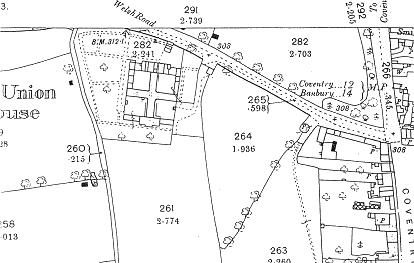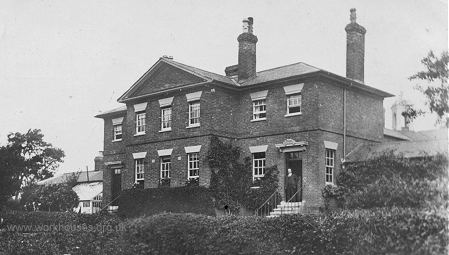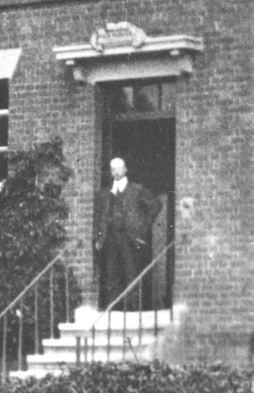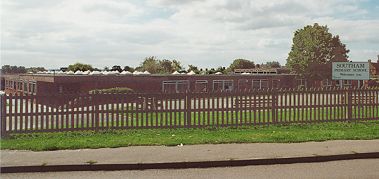Southam, Warwickshire
Up to 1834
A parliamentary report of 1777 recorded that Southam had a parish workhouse able to accommodate up to 20 inmates. In 1797, there were 10 paupers in the workhouse. The poor were partly "farmed" by a contractor who received a weekly payment of 2s.9d for each pauper's board and lodging.
In 1777, Napton also had a parish workhouse for 20 inmates.
After 1834
Southam Poor Law Union was formed on 30th April 1836. Its operation was overseen by an elected Board of Guardians, 26 in number, representing its 19 constituent parishes as listed below (figures in brackets indicate numbers of Guardians if more than one):
Warwickshire:
Burton Dassett (2), Chadshunt, Chesterton, Fenny Compton, Gaydon, Harbury or Harberbury (2), Priors Hardwicke, Bishop's Itchington, Long Itchington (2), Ladbrooke, Lighthorne, Prior's Marston (2), Napton-on-the-Hill (2), Upper Shuckburgh, Lower Shuckburgh, Southam (3), Stockton, Ufton, Wormleighton.
Later additions (all from 1858): Hodnell, Lower Radbourn, Upper Radbourn, Stoneton, Watergall, Wills Pastures.
The population falling within the Union at the 1831 census had been 8,579 with parishes ranging in size from Upper Shuckburgh (population 40) to Southam itself (1,256). The average annual poor-rate expenditure for the period 1834-36 had been £6,615 or 15s.5d. per head of the population.
The Southam Board of Guardians held their first meeting on 2nd May 1836 and appointed a committee to instigate the setting up of a new workhouse. On the 9th of May, the committee recommended that the new building be erected on the site of the former House of Industry which was situated to the north-west of Southam on the south side of Welsh Road. On May 31st, the Clerk was instructed to advertise for plans for a workhouse for 180-200 persons. On the 4th July, plans submitted by John Plowman were adopted subject to approval by the Poor Law Commissioners who duly authorised an expenditure of £3,600.
The new workhouse, erected in 1837, was a plain red-brick building building. Its plan followed the popular cruciform or "square" design with accommodation wings emanating from a central hub dividing the site into separate yards for the different classes of inmate (old/young, male/female). The location and layout of the site is shown on the 1888 OS map:

Southam site, 1888.
A view from around 1910 shows the workhouse entrance block:

Southam workhouse entrance block from the south-east, c.1910.
© Peter Higginbotham.
Could the figure at the doorway be the then workhouse master, or perhaps the porter?

Southam workhouse entrance block detail, c.1910.
© Peter Higginbotham.
After 1912, the workhouse became officially known as the Southam Poor Law Institution. In 1923, the Rural District Council accepted a tender of £1,240 from FG Watson of Southam for converting the building into dwellings. Southam Primary School now stands on the site.

Southam former workhouse site, 2000.
© Peter Higginbotham.
Staff
Inmates
Records
Note: many repositories impose a closure period of up to 100 years for records identifying individuals. Before travelling a long distance, always check that the records you want to consult will be available.
- Warwickshire County Record Office, Priory Park, Cape Road, Warwick CV34 4JS. Very few records survive, the main holdings being Guardians' minute books and accounts (1836-1930).
Bibliography
- Higginbotham, Peter The Workhouse Encyclopedia (2014, The History Press)
Links
- None.
Unless otherwise indicated, this page () is copyright Peter Higginbotham. Contents may not be reproduced without permission.


